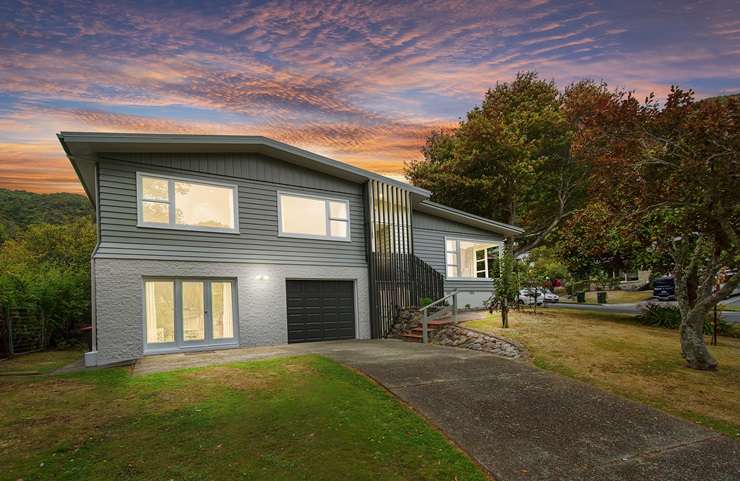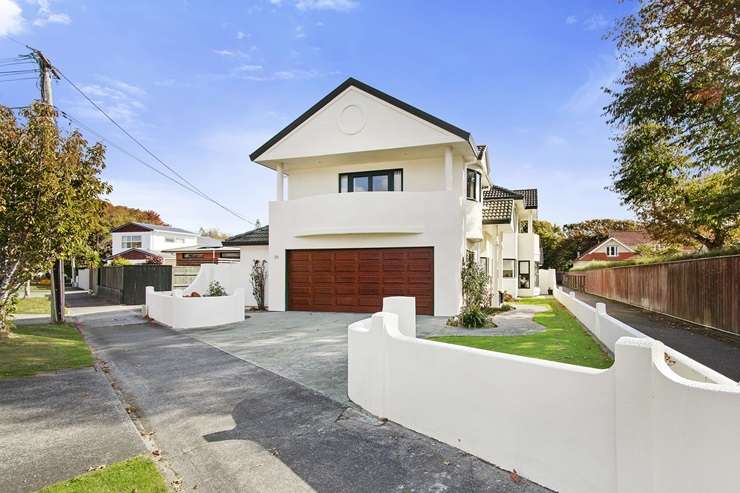PHOTO: Wellington, New Zealand. FILE
According to agents speaking to OneRoof, the housing market in Greater Wellington has been unsettled by cuts to public sector jobs. While the region has seen stronger house price growth compared to Auckland and Canterbury, certain areas within Wellington have experienced a slowdown since the government announced job losses. The average property value in Greater Wellington increased by 1% to over $900,000 in the three months ending in April, with standout performance in Kapiti Coast where the average property value rose by 1.3% to $903,000. However, property values in Wellington City, Porirua, and South Wairarapa declined during this period.
The recent reductions in government agency staff have contributed significantly to the unease in the housing market. More than 4000 public sector jobs have been cut nationwide, with a significant portion of these occurring in Wellington. Agents report that potential buyers are delaying plans due to job insecurity stemming from these cuts. Scott Ledger, an agent from Harcourts in Upper Hutt, noted that around 30% of buyers are uncertain about their job prospects, leading them to withdraw from purchases. Additionally, some vendors are selling their homes due to impending job losses, with around a quarter planning to move overseas.

A four-bedroom renovated family home on Cleary Street, in Waterloo, recently sold for $1.18m. Photo / Supplied

A four-bedroom luxury home for sale at 59 Hautana Street, in Woburn. Photo / Supplied
The impact of these job cuts is expected to affect the housing market in Wellington, with people potentially leaving the region in search of employment elsewhere. Despite some improvements in market confidence since the end of the downturn, challenges persist for both buyers and sellers. Economic factors such as housing affordability, public service cuts, higher interest rates, and stricter lending rules are likely to influence the market in the near future.
While the market in Upper Hutt is described as a buyer’s market, with decreased buyer numbers compared to previous years, there has been an improvement in sales volumes and days on the market. However, transactions remain challenging, often requiring extensive negotiations and flexibility from both buyers and sellers. First-home buyers are noted to be particularly active in the market, attracted by relatively lower prices compared to Wellington City.
| Seatoun | $1,809,000 | $53,000 | $126,000 | $420,000 |
|---|---|---|---|---|
| Paekakariki | $989,000 | $51,000 | $63,000 | $326,000 |
| Newtown | $988,000 | $48,000 | $27,000 | $184,000 |
| Waikanae Beach | $953,000 | $46,000 | $19,000 | $238,000 |
| Raumati Beach | $896,000 | $43,000 | $27,000 | $238,000 |
| Raumati South | $922,000 | $42,000 | $53,000 | $278,000 |
| Timberlea | $838,000 | $36,000 | $66,000 | $286,000 |
| Silverstream | $903,000 | $30,000 | $53,000 | $266,000 |
| Elderslea | $760,000 | $30,000 | $55,000 | $238,000 |
| Birchville | $742,000 | $30,000 | $58,000 | $224,000 |
In Lower Hutt, the market dynamics vary across different price brackets. Entry-level homes in certain suburbs have seen price reductions, making them more accessible to buyers. However, homes in the middle bracket are facing sluggish sales due to oversupply and renovation requirements. Rising interest rates and living costs are further dampening market activity, particularly for buyers on low incomes. Vendors are adjusting their expectations to meet the market conditions, with some properties selling below their previous purchase prices.
Overall, while certain segments of the housing market in Greater Wellington continue to show resilience, challenges remain due to economic uncertainties and shifting buyer preferences.














